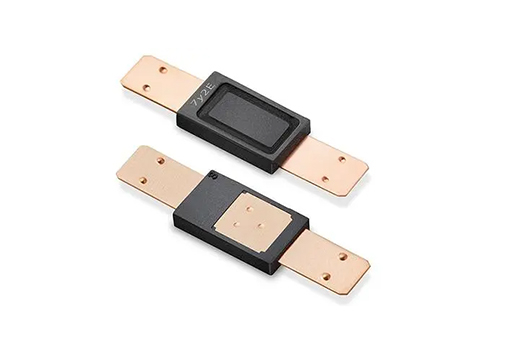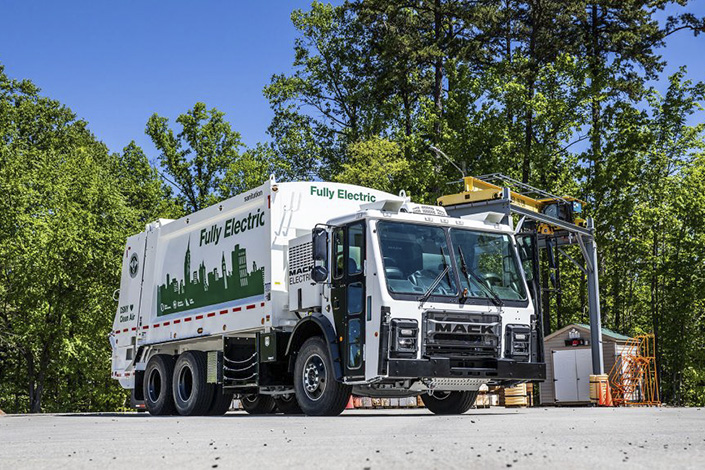
Title: Manufacturing Process of DC Shunts: Ensuring Precision and Reliability
Introduction:
DC shunts are critical components used in electrical systems for the measurement and control of direct currents. This blog post will delve into the manufacturing process of DC shunts, highlighting the key steps involved in ensuring their precision, reliability, and consistent performance in various applications.
1. Material Selection:
The first step in the manufacturing process of DC shunts is selecting the appropriate materials. High-quality materials with excellent electrical conductivity, such as copper or copper alloys, are commonly used for the shunt's main body. The materials should also possess good resistance to corrosion and heat to ensure the longevity and performance of the shunt in harsh operating conditions.
2. Design and Fabrication:
Once the materials are selected, the next step is the design and fabrication of the DC shunt. This involves creating a precise and accurate design, considering factors such as shunt resistance, current carrying capacity, and physical dimensions. Computer-aided design (CAD) software and precision machining techniques are typically employed to manufacture the shunt with tight tolerances and precise specifications.
3. Resistance Calibration:
Calibrating the shunt resistance is a crucial step in the manufacturing process. This involves measuring and adjusting the resistance value of the shunt to ensure its accuracy. Specialized test equipment, such as high-precision resistance meters, are used to verify the shunt's resistance against a known standard. Any deviations are corrected to achieve the desired resistance value.
4. Insulation and Protection:
DC shunts require proper insulation and protection to prevent short circuits and damage to surrounding components. During the manufacturing process, insulation materials, such as epoxy resins or high-temperature plastics, are applied to the shunt body. This insulation layer ensures electrical isolation and protection against moisture, heat, and other environmental factors.
5. Quality Assurance and Testing:
Before the DC shunts are ready for deployment, stringent quality assurance and testing procedures are conducted. This includes comprehensive electrical performance testing to ensure the shunt's accuracy, linearity, and temperature stability. Additionally, stress testing is performed to evaluate the shunt's robustness and reliability under extreme conditions.
6. Packaging and Labeling:
The final step in the manufacturing process involves packaging and labeling the DC shunts for easy identification and installation. The shunts are typically packaged in protective enclosures or mounted on insulating bases. Clear labeling is added to provide essential information, such as resistance value, current rating, and manufacturer details.
Conclusion:
The manufacturing process of DC shunts involves several crucial steps to ensure precision, reliability, and consistent performance. From material selection and design fabrication to resistance calibration, insulation, and quality assurance testing, each step contributes to producing high-quality DC shunts for various electrical applications. By adhering to these manufacturing processes, manufacturers can deliver reliable and accurate DC shunts that meet the stringent requirements of their customers, thereby enabling efficient monitoring and control of direct currents in diverse industries.
-

How to measure the current thr
To measure the current through a shunt resistor, an ohmmeter or multimeter shoul...
2023-05-27 view+ -

The role of ohm resistance
The role of ohm resistance:The 0 ohm resistor has a very wide range of applicati...
2023-04-08 view+ -

Volvo, Daimler and Traton Plan
Welcome. Please feel free to send us an email here. You will get our reply in 24...
2021-09-09 view+ -

More than 10 Chinese cities al
The ministry issued draft guidelines to encourage the use of driverles...
2022-08-26 view+


